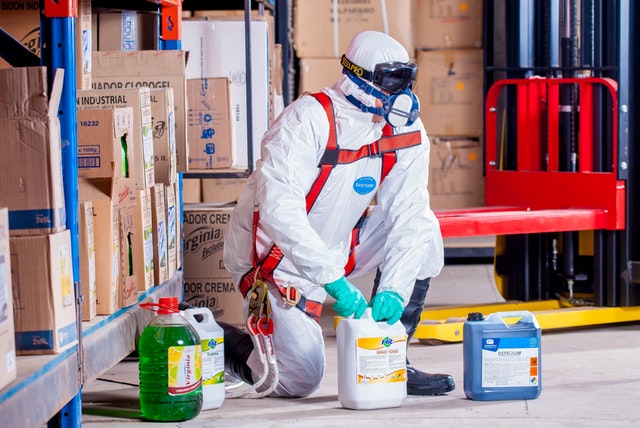
Chemicals are an essential part of our daily lives, from the food we eat to the products we use. However, not all chemicals are created equal. Chemicals can be classified into three main categories based on their properties and uses: organic, inorganic, and biological.
Organic chemicals are those that contain carbon atoms bonded to hydrogen atoms. They are commonly found in living organisms and are used in a wide range of products, including plastics, pharmaceuticals, and pesticides. Organic chemicals can be further classified into natural and synthetic categories. Natural organic chemicals are those that occur naturally, such as sugars and amino acids, while synthetic organic chemicals are those that are created in a laboratory, such as plastics and synthetic fibers.
Inorganic chemicals, on the other hand, do not contain carbon atoms bonded to hydrogen atoms. They are commonly found in non-living things, such as rocks and minerals, and are used in a wide range of products, including fertilizers, cleaning agents, and construction materials. Inorganic chemicals can be further classified into metallic and non-metallic categories. Metallic inorganic chemicals are those that contain metal atoms, such as iron and copper, while non-metallic inorganic chemicals are those that do not contain metal atoms, such as sulfur and chlorine.
Biological chemicals are those that are produced by living organisms. They are used in a wide range of products, including medicines, food additives, and cosmetics. Biological chemicals can be further classified into proteins, carbohydrates, lipids, and nucleic acids. Proteins are essential for building and repairing tissues, while carbohydrates are a source of energy. Lipids are essential for cell membranes, while nucleic acids are essential for genetic information.
In conclusion, understanding the three chemical classifications is essential for anyone working with chemicals. Organic, inorganic, and biological chemicals each have their unique properties and uses, and it is important to understand these differences to ensure safe and effective use. By understanding the properties and uses of these chemicals, we can make informed decisions about their use and minimize the risks associated with their use.



